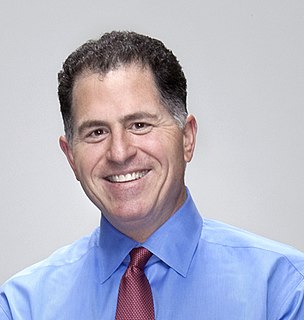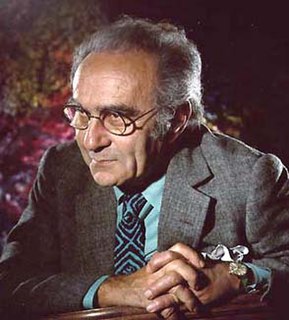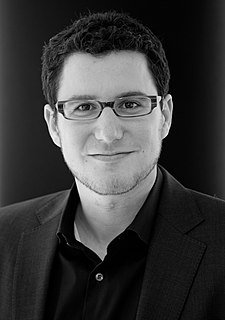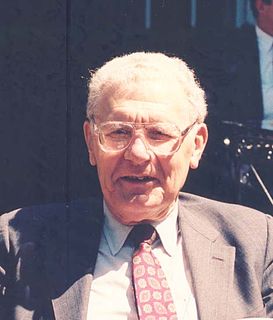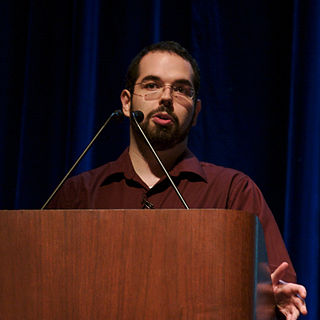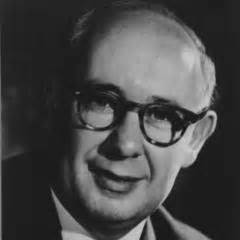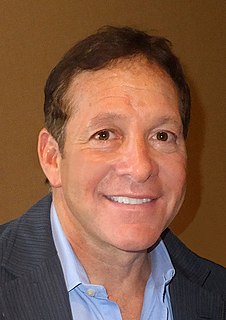A Quote by Michael Dell
The best customers for us are the ones that present us with a new problem because chances are, if one customer has that problem, 100 more have it, or 1,000, or 10,000. So you start thinking about solution development rather than product development.
Related Quotes
All the businesses from the beginning of history have struggled with product development (assuming there is a market, doing the market testing and so on). But now they start with customer development. Get the customer who says, "Yes. I want that. I need it. I wanna use it. I'll pay for it." And then you go back and work with your engineers. It is changing the world!
Traditional sales and marketing involves increasing market shares, which means selling as much of your product as you can to as many customers as possible. One-to-one marketing involves driving for a share of customer, which means ensuring that each individual customer who buys your product buys more product, buys only your brand, and is happy using your product instead of another to solve his problem. The true, current value of any one customer is a function of the customer's future purchases, across all the product lines, brands, and services offered by you.
The human brain cannot release enough neurotransmitters to feel emotion a thousand times as strong as the grief of one funeral. A prospective risk going from 10,000,000 deaths to 100,000,000 deaths does not multiply by ten the strength of our determination to stop it. It adds one more zero on paper for our eyes to glaze over.
